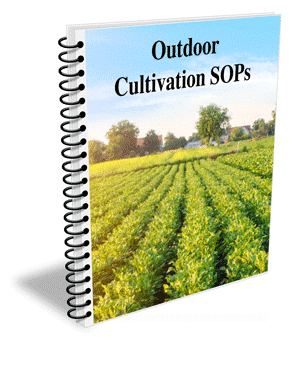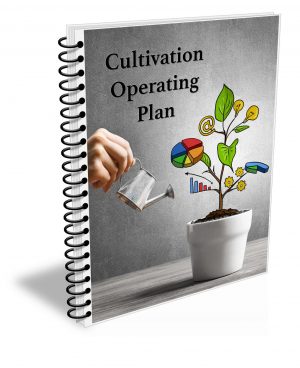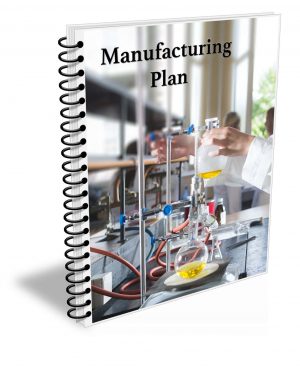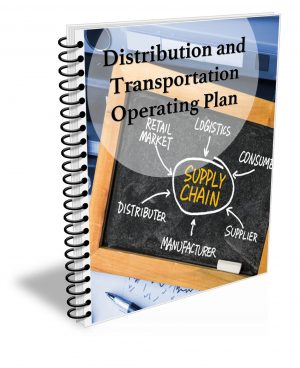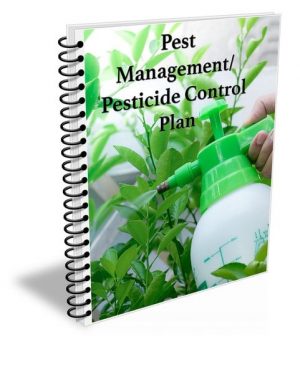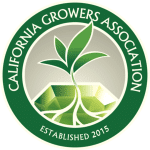Hemp and Cannabis Outdoor Cultivation Plan
Looking for outdoor cultivation SOPs? You’ve come to the right place. We’ve been writing standard operating procedures and operating plans for indoor and outdoor cultivation since 2016, and this is one of our newer document sets.
The format is ISO-9001 compliant, meaning it will pass compliance inspections, but it’s also user friendly- easy to update and follow.
Table of Contents:
Soil Sampling SOP 2
Water Sampling SOP 6
Propagating from Seed 9
Cloning 14
Transplanting 20
Greenhouse Environmental Monitoring 24
Ensuring Uniform Distribution In Irrigation Systems 28
Ensuring Uniform Distribution In Field Surface Drip Irrigation 30
Irrigation Scheduling for Potted Plants 34
Pesticide Application and Cleanup Procedures 38
Foliar Sprays 42
Testing: Hemp Sample Selection and Preparation 44
Nursery Care: Maintaining Vegetative Growth 48
Greenhouse Production: Fertigation 49
Integrated Pest Management: Scouting Procedures 52
Testing: Field Sampling for Cannabinoid Content 55
Post-Harvest Processing: Harvest, Transport, and Hanging Plant Material 59
Post-Harvest Processing 61
Biomass Storage 66
Packing & Shipping Cuttings 69
Hemp Production SOP – Sample
Irrigation Scheduling for Potted Plants
| SOP Number | Title of SOP | Version | Date Effective |
| 1.0 (Original) | 1/1/2020 | ||
| Author | Reviewer | Approved By | Date Approved |
| [Author Name], [Author Title] |
[Reviewer Name], [Reviewer Title] |
[Approver Name], [Approver Title] |
MM/DD/YYYY |
Purpose
To describe the method of measuring water use (evapotranspiration) in potted plants to guide irrigation scheduling.
Scope, Responsibilities, and Authorities
This SOP applies to and shall be followed by greenhouse lead or other personnel tasked with monitoring water use and/or irrigation scheduling.
Outline of Procedure
- When to estimate water usage and delivery.
- Procedure for estimating water use for potted plants.
- Procedure for measurement of water delivery from drip emitters.
- Scheduling irrigation.
- Example.
References, Related Procedures, and Forms
Evapotranspiration and Water Delivery Log
Definitions
- Evapotranspiration: Total water loss via evaporation AND transpiration
Procedure for Estimating Water Use for Plants
- Estimate water use & delivery for plants in 5 or 15 gallon pots.
- Anytime irrigation scheduling is changed.
- Once a month (as a rule) in 5 gallon pots, half as often in larger pots.
- Week 4-5 of flowering (when flowers start to bulk up).
- Whenever Irrigation schedule causes excess leaching (water pooling in troughs or saucers).
- If widespread wilting is observed two or more consecutive days.
- If wilting or leaching is observed in isolated areas.
- Select plants, label, and place saucers under each.
- Remove drip emitters if present.
- If measuring water use for an entire trough or irrigation zone, select at least 5 plants, up to 5% of all plants in zone.
- If measuring water use in a small area, or differences in water use among plants in different areas of a trough or zone, select 3 plants from each area.
- Water selected plants thoroughly, until water emits from the container into its saucer.
- Remove excess water every 30 minutes until water ceases to accumulate in the saucer.
- Weigh each plant and record the measurement (labelling important).
- 24 hours later (day 2), re-weigh each plant. Be sure to weigh plants prior to watering, if water is needed.
- If watering is needed, weigh plant again after water is applied.
- Repeat step 24 hours later (day 3).
- Calculate average daily water use in each area, zone, or trough. Water use by plants in the same zone should not vary by more than 20%.
Procedure for Measurement of Water Delivery
- Place 3 empty saucers in each zone and place a drip emitter in each.
- One should be placed at each end of the zone, with the third somewhere in the middle.
- Weigh empty saucer and record the tare weight (in grams or kg).
- Run irrigation (or wait until it runs automatically).
- When irrigation finishes, weigh each saucer and record each measurement.
- Repeat the procedure after each scheduled watering for 24 hours.
- Calculate total water delivered over 24 hour period for each saucer.
- Calculate average water delivery over 24 hour period.
- Calculate average water delivery per minute of run time.
- Determine if major differences exist within zones. If differences in water delivery differ by more than 20%, diagnose the cause (clogged emitters, low water pressure, etc.) and repeat.
